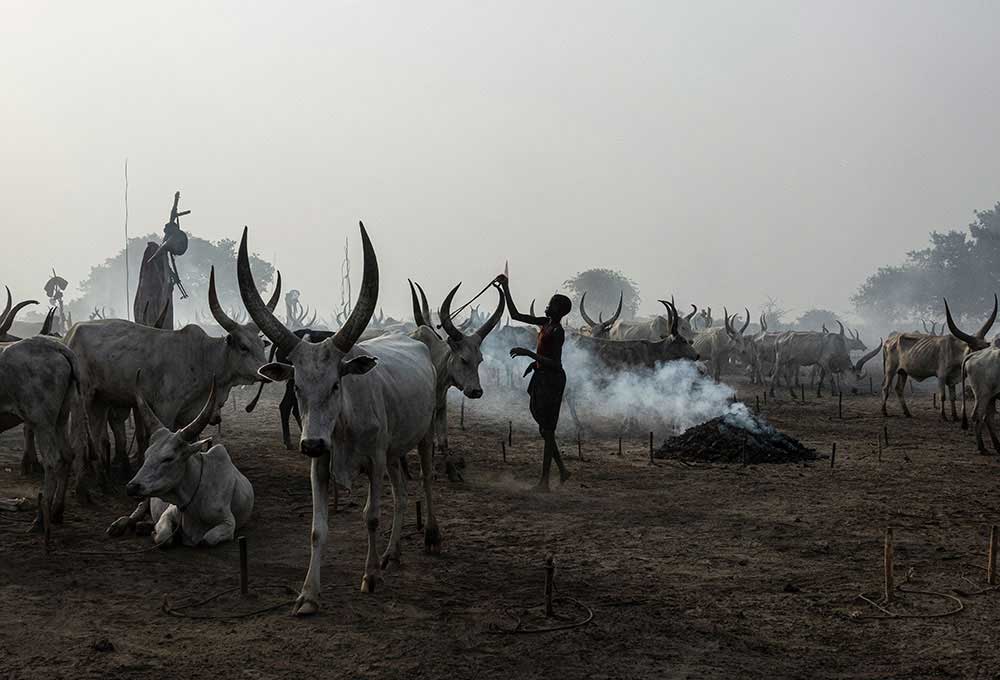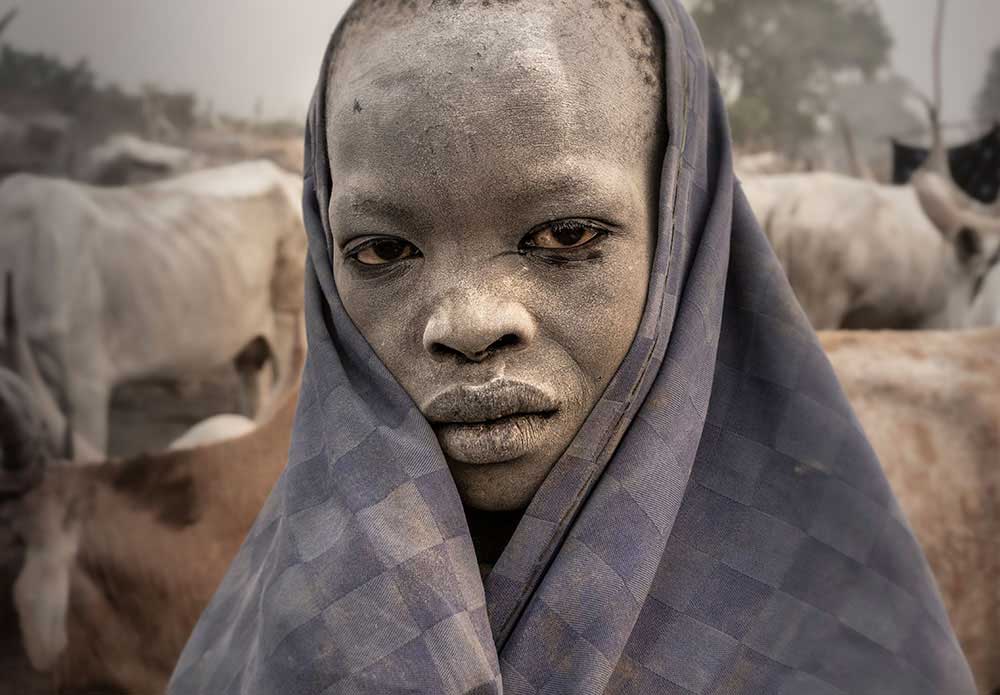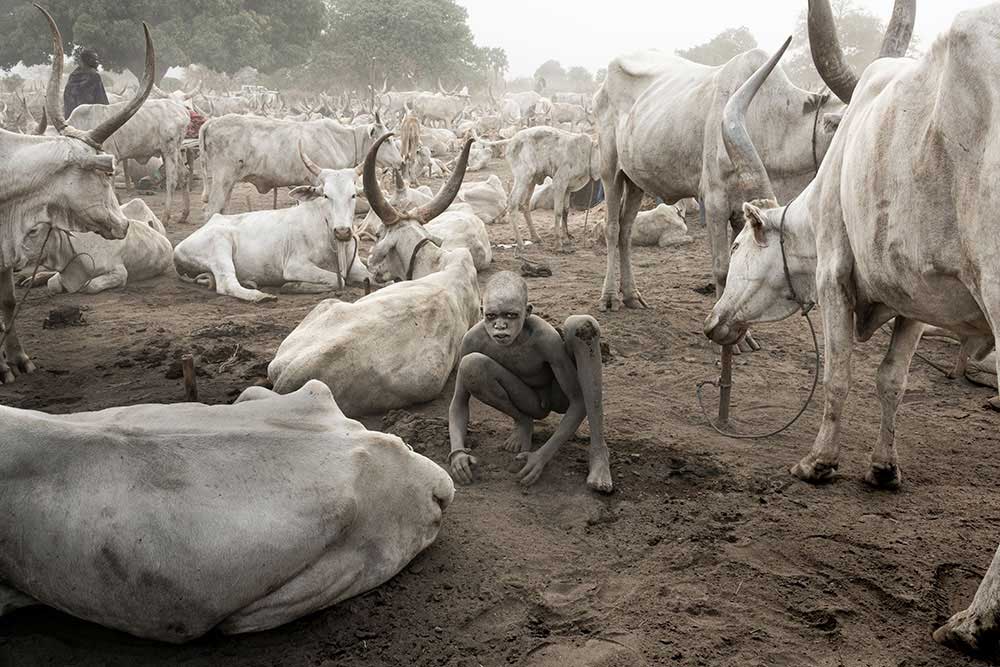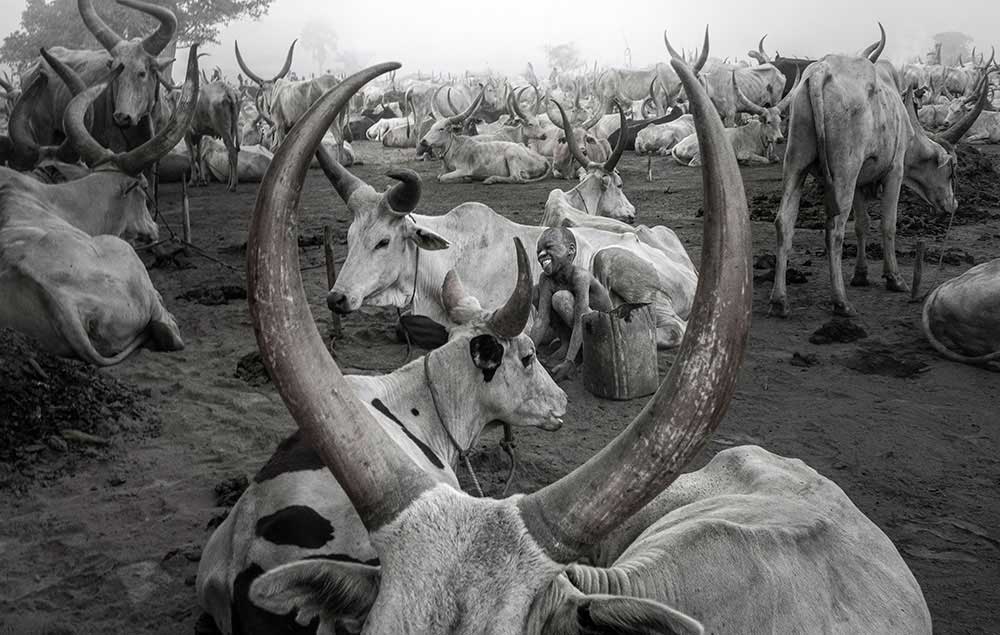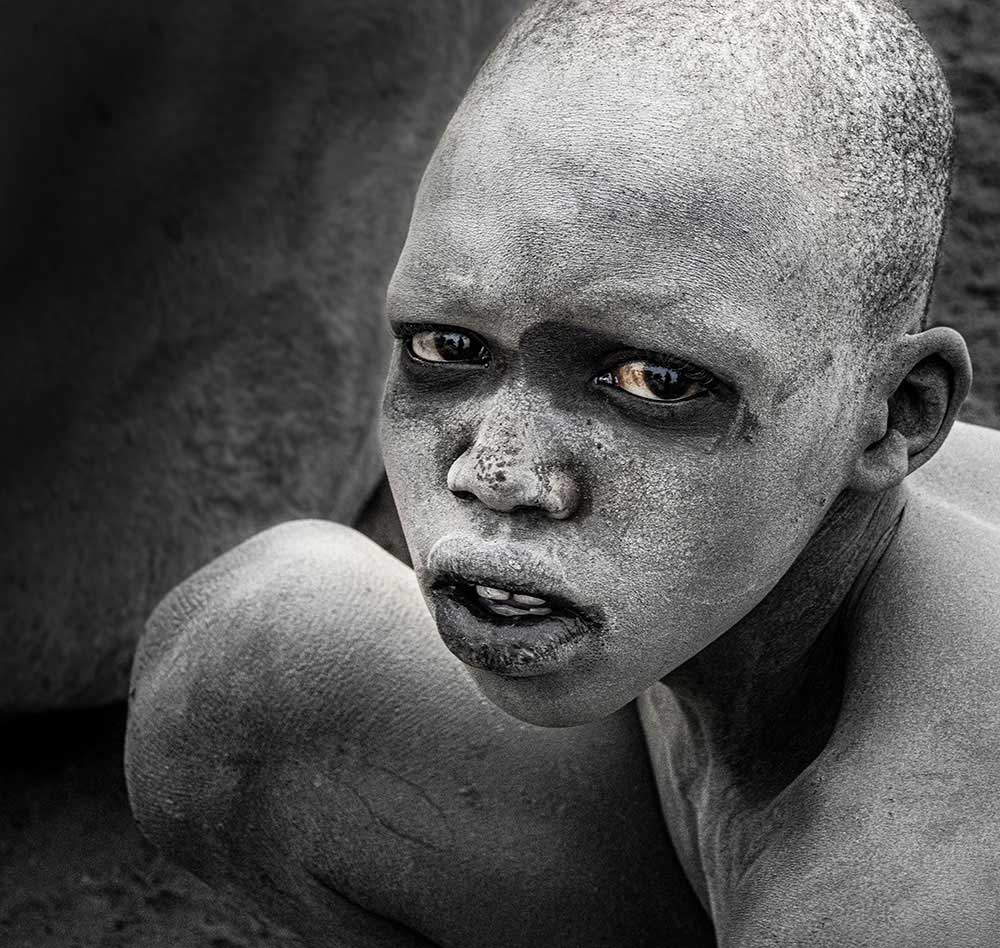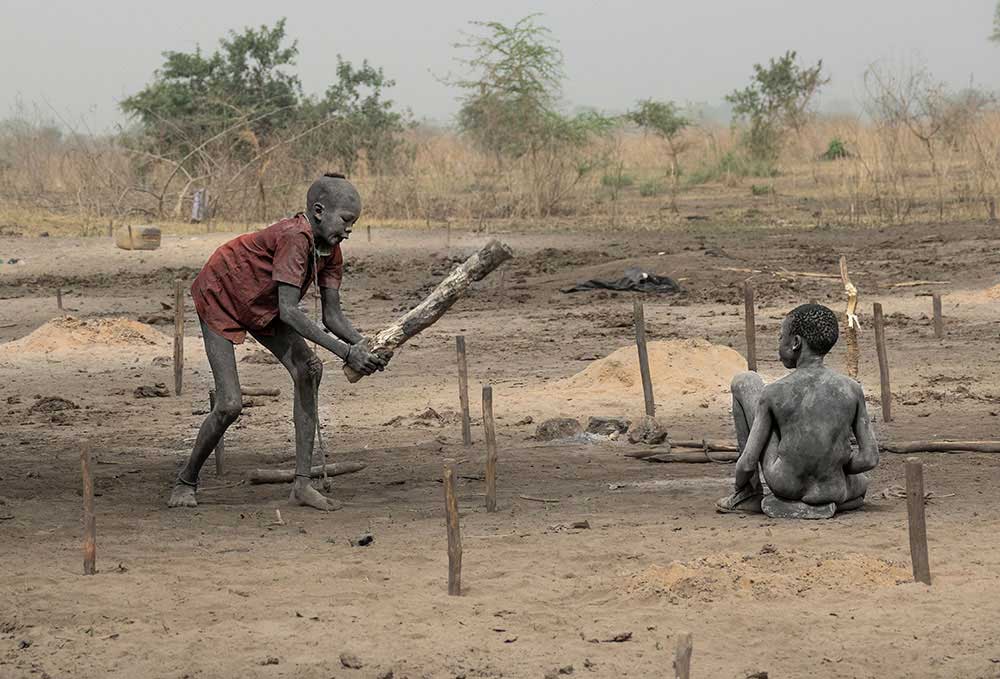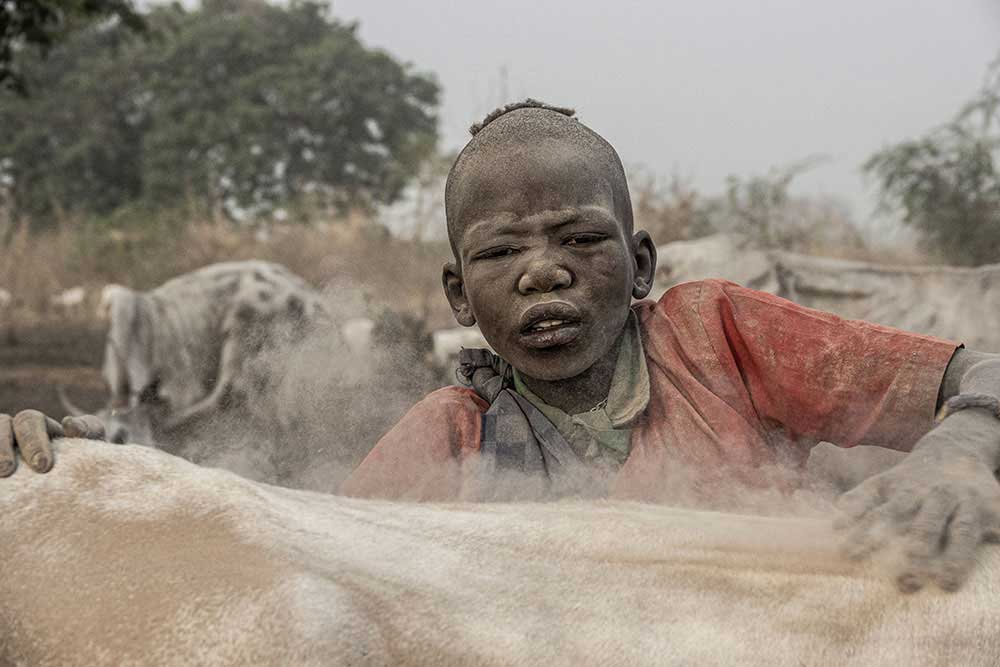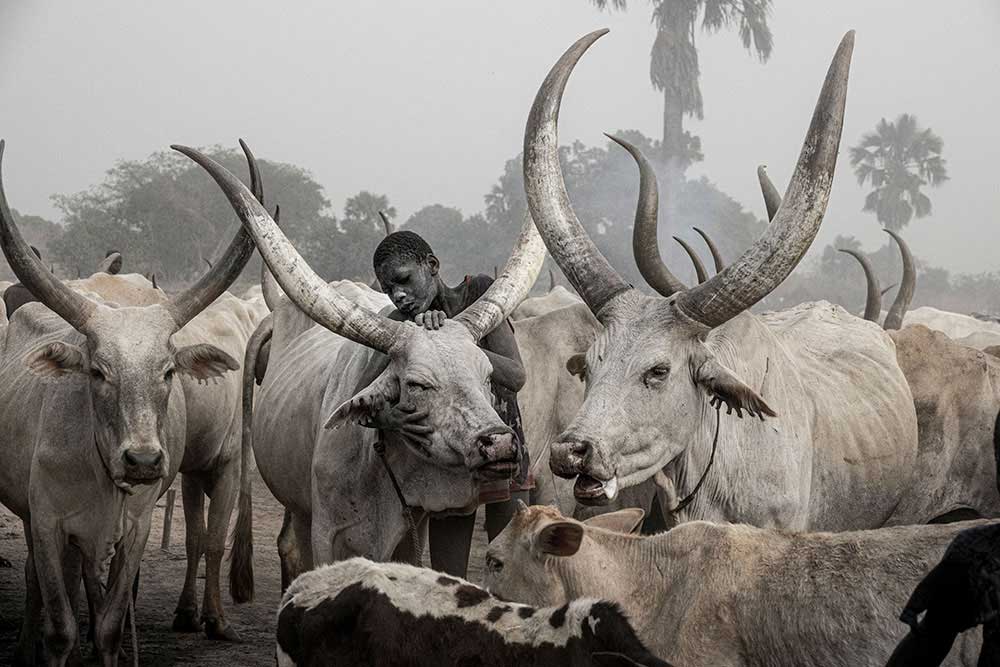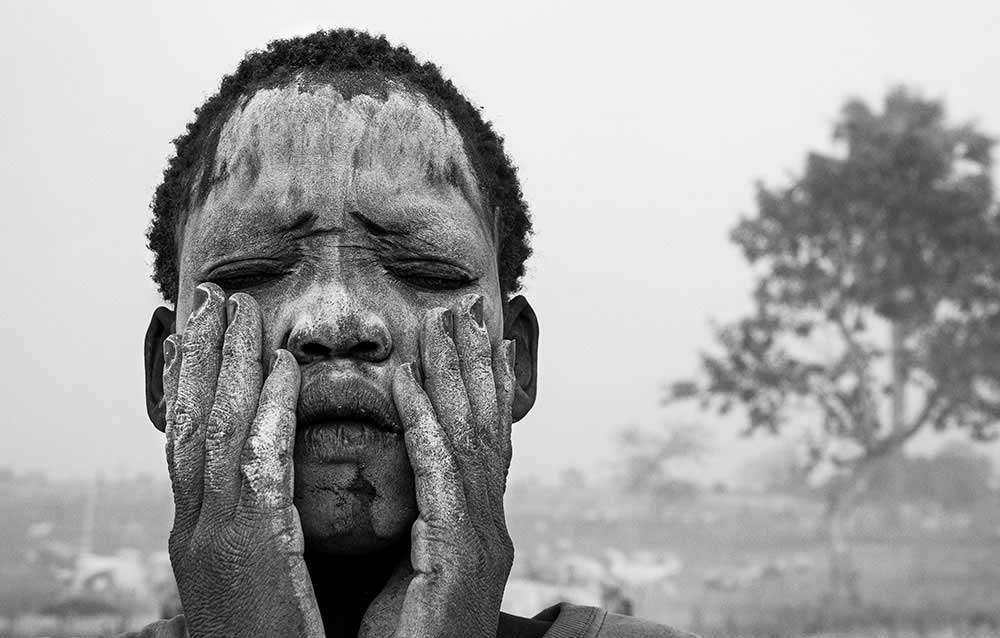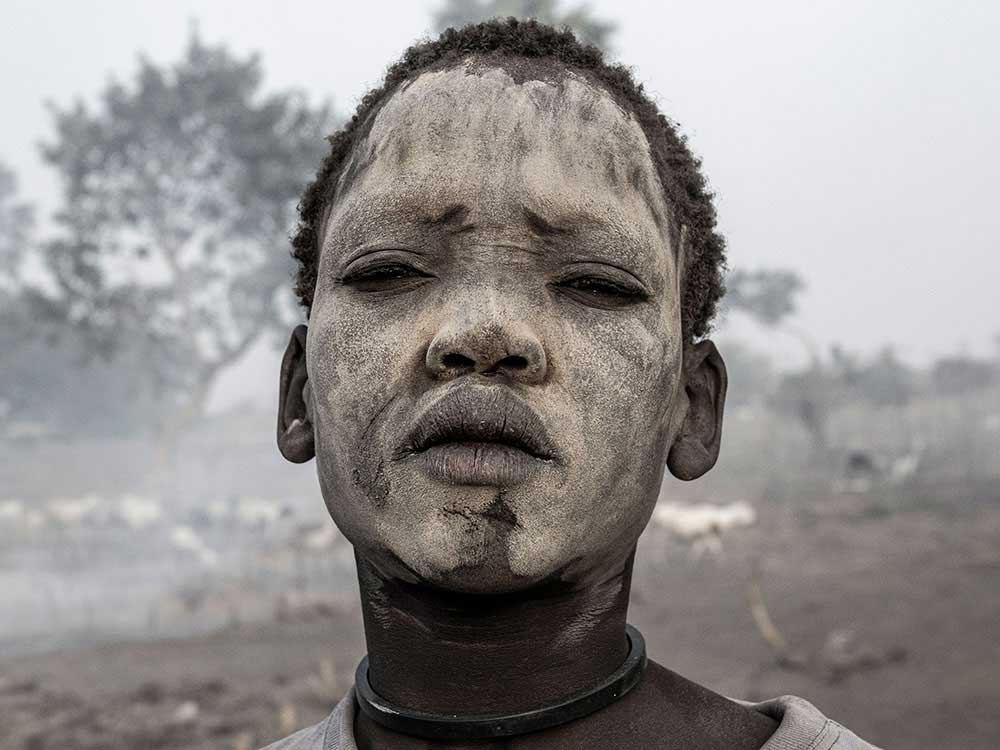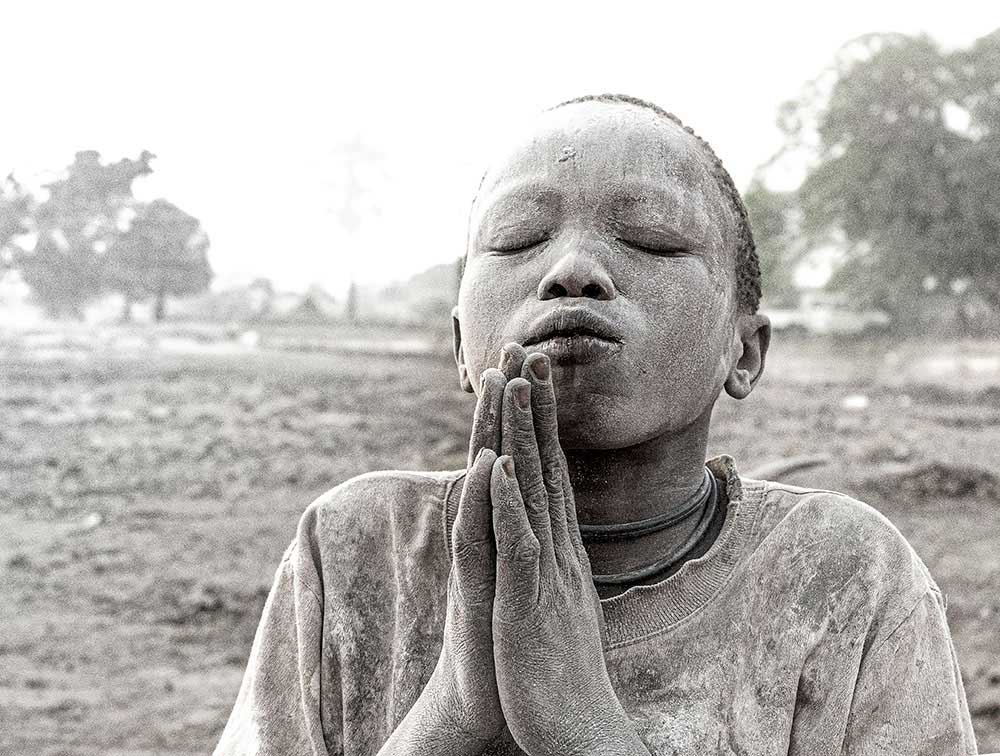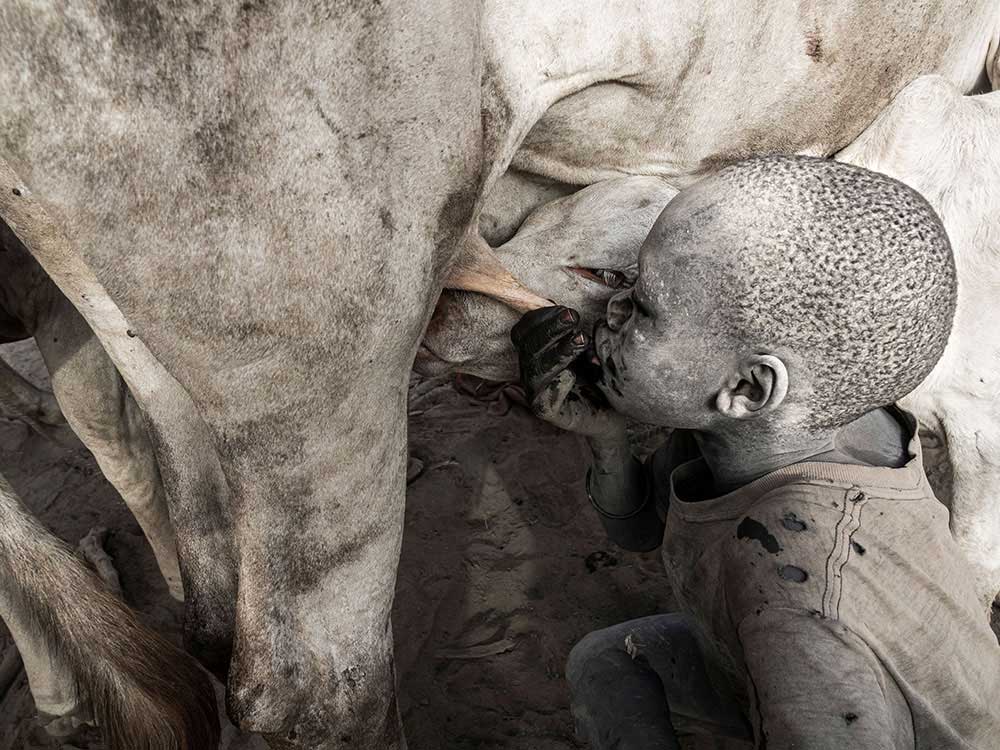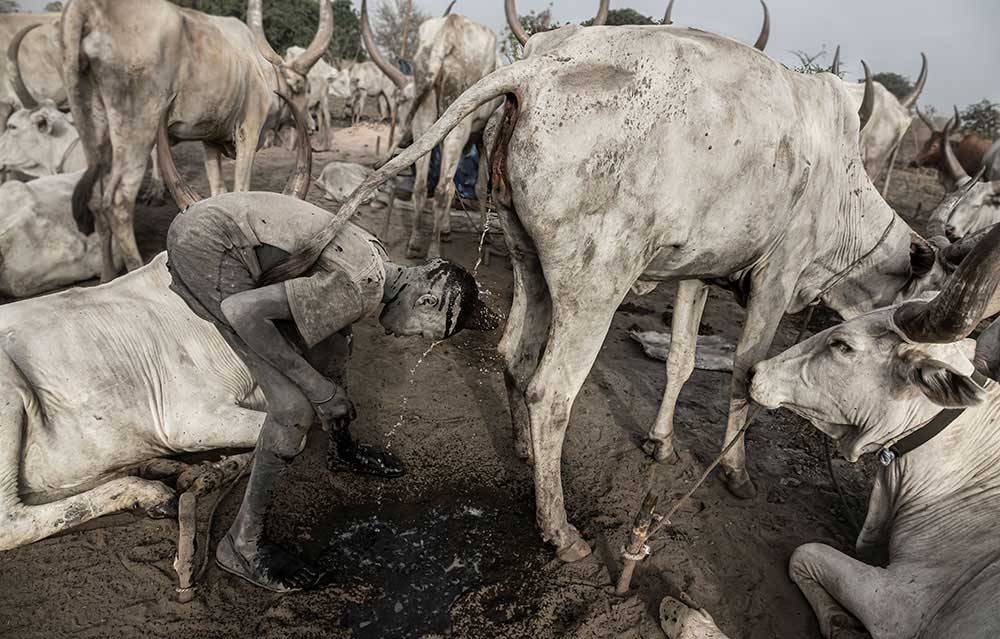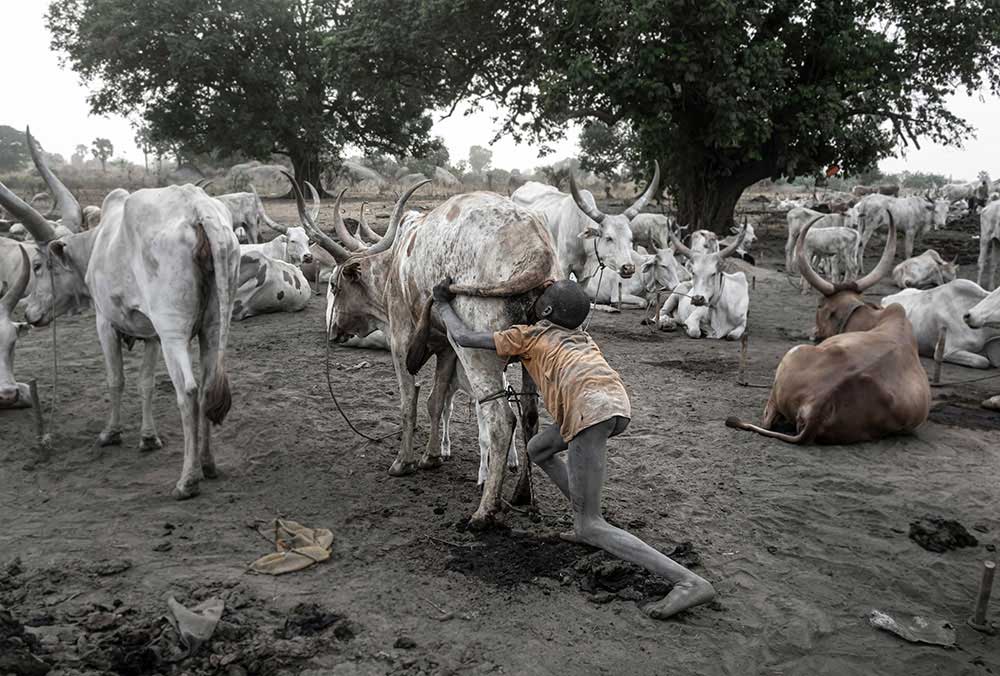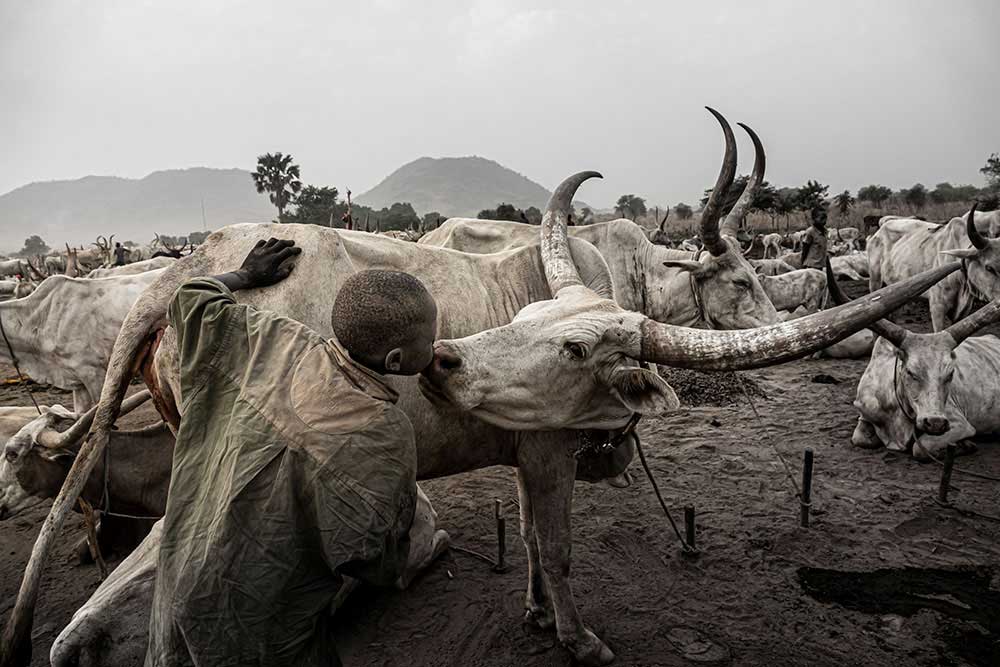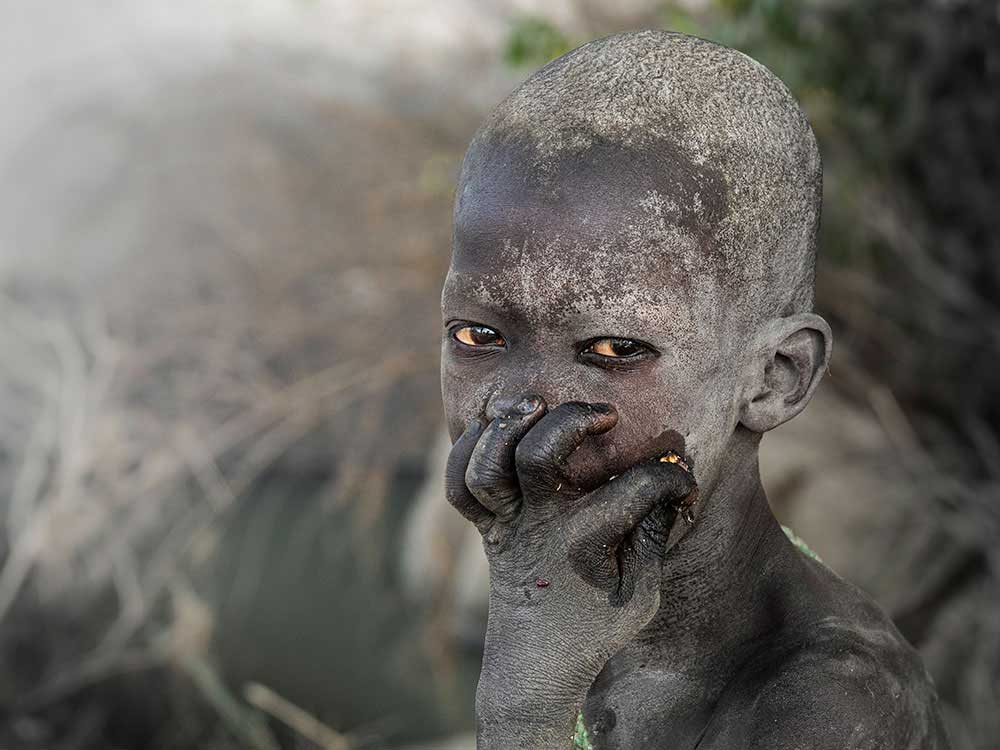We are in the Toch Manga camp, one of many that the “Mundari” people have established on the banks of the White Nile; this time near Yuba, the capital of South Sudan.
The sunrises and twilight are fascinating, outlining the most beautiful and iconic picture, composed of hundreds of horns emerging from the smoke of the bonfires.
However, from the very beginning, what most attracts my attention are the children. Seeing them, I have the conviction that they can only belong to their own universe, a unique universe. Tiny bodies that meander dragging the dust and the earth with their movements, sometimes sleepy, other times energetic until almost compulsive. Naked or semi-naked bodies, long limbs, bulging eyes, lost gazes. Mere contemplation disturbs me, I am reflected in their gaze and they in mine, I feel the beating of their hearts.
Being a child in a Mundari camp is synonymous with working tirelessly from dawn to dusk. From their earliest age, they actively participate in the care of their livestock, the Ankole-Watusi, also called “The Cattle of the Kings”, since they have one of the largest antlers in the animal world. One of the children’s tasks consists of collecting the dung of the cattle, to pile and burn it in large bonfires that are kept permanently lit. With the ashes, they massage all parts of the cattle bodies, including the horns, thus protecting them from any bite, while avoiding malaria. Children will also cover their bodies with ash which gives them that creepy appearance.
There is talk of a perfect symbiosis between man and his cattle, an almost mystical fusion, with a degree of unusual intimacy in the human race, but what I witnessed there goes beyond the predictable, it rather seems a succession of images in an apocalyptic scenario.
As soon as the first light of dawn begins to appear, the children milk the cows, they also quench their hunger and thirst by drinking directly from their udders, even competing with the newborn calves. For their personal hygiene, they use the urine of the beasts, with which they also wash their hair, that acquires a reddish hue that they show proudly.
I see how a boy stimulates his cow by blowing air into the vagina to increase milk production. At no time do I detect a gesture of apprehension or disgust, on the contrary, for almost ten minutes his mouth remains glued to the cow’s genitals, separating only from time to time to caress her, to clean her with the tail. At the end of the process, he strokes her back and lavishes all kinds of caresses; these are gestures of mutual gratitude, giving and receiving equally, a communion between the two never witnessed by me until that moment.
And so, they tell me that their childhood passes, with the hope and determination of, one day, being able to become an adult “Mundari”, respected and revered in the clan, showing on their forehead the symbol “V”, which emulates the antlers of their cattle.
With these images, I would like to pay tribute to this people that perpetuates the legacy of its ancestors, maintaining an unalterable union between Nature and animals. People that sleeps on the banks of the White Nile under the great starry vault. May the stars watch over their dreams.
About Elena Molina
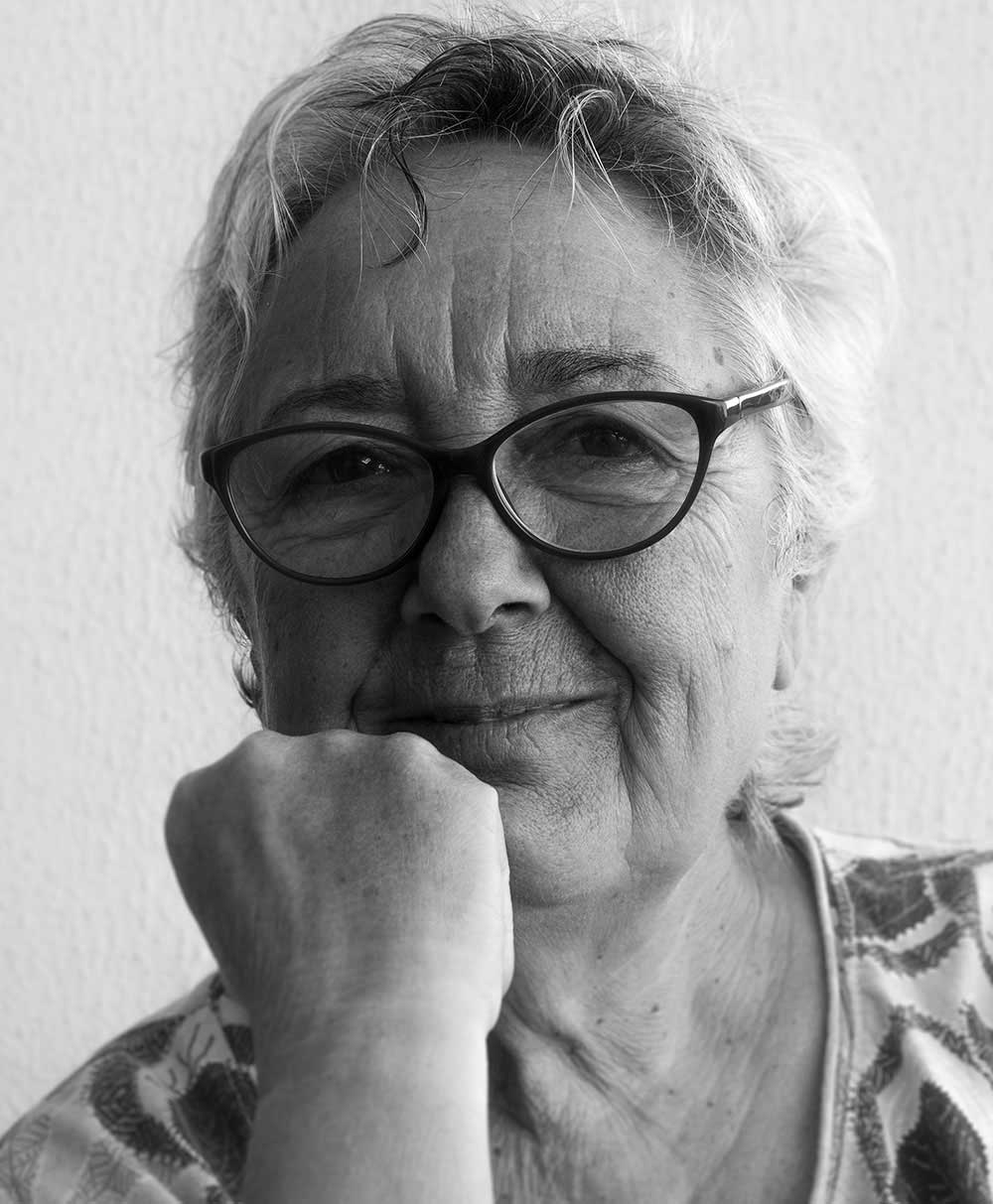
I would say it has been this passion for travelling which has brought me to photography and somehow, also to writing. So many experiences felt in depth, lived in a completely open way and with total honesty, with no taboos!
All of a sudden, I realized I had to share this feeling, I have always travelled with a camera, a small one, but it was about four years ago that I clearly saw that the so called “pocket camera” was not enough and I bought the camera I use now. Since then, I cannot conceive traveling without it, always looking for those moments to loose myself in the crowd, to wander alone through unknown places, stopping, only from time to time, to listen to my heartbeat.
When I see others I see myself reflected on them, I think our lives are like a kaleidoscope where there is a time and a place for everything. At the home page of my website, the following words appear: Paths. Furtive glances. Abysses. Silent heartbeats. Complicit winks. Steps, steps, steps…
This is how I think I would describe myself, that’s my search. It has always been like that and I would like it to continue to be so. I want to walk along those paths that allow me to verify that we are all the same, regardless of our history, our genetics, since, deep in my heart, I feel that we all belong to the Whole, to the Unity.
I was born in Alcoi where I studied, in my younger years, at the school of Fine Arts. For more than 40 years now, I live in Barcelona, the town I most love. [Official Website]



